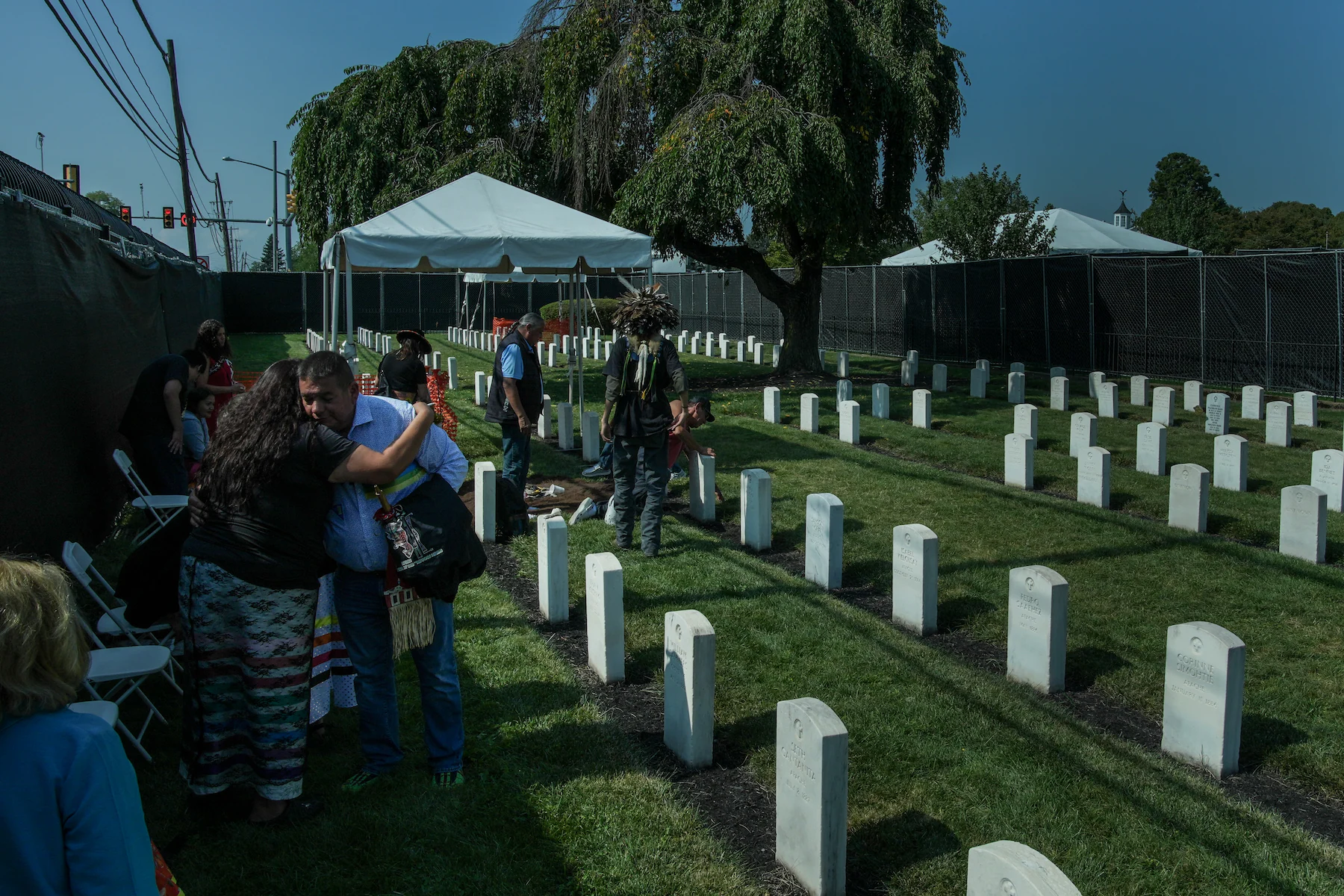
- Details
- By Levi Rickert
A special report by the Washington Post published today revealed more than 3,100 Native American children died while attending Indian boarding schools. These staggering numbers represent more than three times the amount reported by the federal government.
The special report is the result of a year-long investigation by Washington Post reporters led by Dana Hedgpeth, a citizen of the Haliwa-Saponi tribe from North Carolina, and Sari Horwitz, investigative reporter and author of Justice in Indian Country.
The time period examined by the reporters was between 1826 and 1970.
 Make A Donation Here
Make A Donation Here
The reporters arrived at their conclusions by examining government and boarding school records, newspaper obituaries, and oral histories; conducting interviews with elderly survivors; analyzing historical maps, death certificates, and census rolls to trace student locations and potential burial sites; and employing cartographic regression, a technique that compares maps across different time periods to pinpoint graveyards.
“Our reporting provides the fullest and most complete public accounting to date of how many Native American children died at the schools. It builds on our commitment to this history, furthering accountability, and elevating the voices of those affected,” a Washington Post editor said in an email to Native News Online.
In response to the Washington Post’s findings, Assistant Secretary for Indian Affairs Bryan Newland (Bay Mills Indian Community) told the newspaper the government’s investigation “was limited in scope by being exclusively restricted to federal records that did not tell the complete story of the trauma of the federal Indian boarding school era.”
Newland noted that “these schools were used to pursue a policy of forced assimilation over a century and a half. Our work has occurred over just three years. Others must carry this work forward.”
The full reporting can be viewed here.
More Stories Like This
Native News Weekly (August 25, 2024): D.C. BriefsUS Presidents in Their Own Words Concerning American Indians
Tlingit & Haida Launch New Foundation to Support Education, Wellness
Michigan Attorney General Opens Criminal Investigation into Indian Boarding Schools
Next on Native Bidaské: Julian Brave NoiseCat on the Lumbee Nation’s 140-Year Fight for Federal Recognition
Help us defend tribal sovereignty.
At Native News Online, our mission is rooted in telling the stories that strengthen sovereignty and uplift Indigenous voices — not just at year’s end, but every single day.
Because of your generosity last year, we were able to keep our reporters on the ground in tribal communities, at national gatherings and in the halls of Congress — covering the issues that matter most to Indian Country: sovereignty, culture, education, health and economic opportunity.
That support sustained us through a tough year in 2025. Now, as we look to the year ahead, we need your help right now to ensure warrior journalism remains strong — reporting that defends tribal sovereignty, amplifies Native truth, and holds power accountable.
 The stakes couldn't be higher. Your support keeps Native voices heard, Native stories told and Native sovereignty defended.
The stakes couldn't be higher. Your support keeps Native voices heard, Native stories told and Native sovereignty defended.
Stand with Warrior Journalism today.
Levi Rickert (Potawatomi), Editor & Publisher

